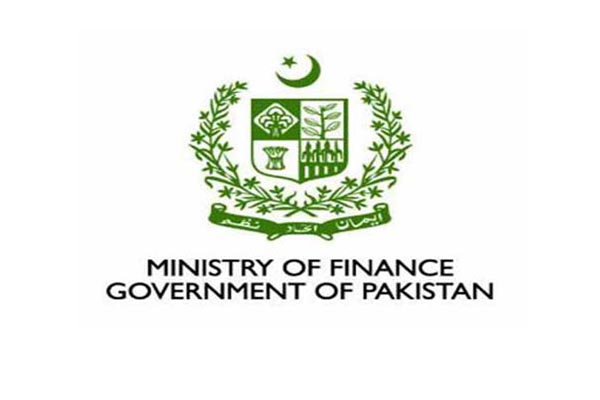Macro adjustment policies such as monetary tightening, exchange rate adjustments and cuts in development spending have started paying the desired results with stability and growing strength visible in many sectors of the economy, the Ministry of Finance said in a press release on Friday.
The ministry pointed out that the current account deficit declined significantly by 32.1 percent to US$ 13.508 billion (4.8 percent of GDP) during FY2019 as compared US$ 19.897 billion (6.3 percent of GDP), which widened by 57.6 percent last year.
Exports
Pakistan’s exports during FY2019 stood at US$ 22.979 billion compared with US$ 23.212 billion during FY2018. During the period under review, strong negative price effect dominates the positive quantity effect, hence exports declined by 1 percent. During July-August FY2020, exports increased by 2.79 percent to US$ 3.753 billion against US$ 3.651 billion last year.
According to merchandise trade on disaggregated level, textile exports increased by 2.3 percent in value over the last year. This sector constitutes more than 60 percent share of total exports. Value added exports of textile items like knitwear which comprises 14.4 percent of total exports increased both in quantity and value by10.7and 12.8percent, respectively. Readymade garments constituting share of 12.5 percent in exports increased both in quantity and value by 34.6 and 7.5 percent, respectively. Value-added exports increased due to growing demand and improvement in export competitiveness after exchange rate adjustment. Bedwear with a share of 10.7 percent in exports, increased both in quantity and in value by 20.4percent and 1.2percent, respectively.
Food group, which has17.3 percent share in exports, increased in value by 17.3 percent of which rice with considerable share of 8.9percent in exports increased in both quantity and value by 47.6and 48.6 percent, respectively. Basmati rice registered a growth in both quantity and value by 49.8 and 32.8percent, respectively.
Imports
Pakistan’s imports during FY2019 stood at US$ 54.799 billion compared with US$ 60.795 billion in FY2018. The impact of stabilization efforts brings a decline of 9.86 percent in imports in FY2019. During July-August FY2020, imports decreased by 21.41 percent to US$ 7.677 billion against US$ 9.769 billion in the same period last year.
The present government imposed up to 60 percent regulatory duties on 570 luxury and non-essential imported goods to curtail the rising imports.
The analysis of merchandise import data suggests that the import of Machinery group having share of 22.4 percent in total imports, increased by 8.2 percent. This signifies an impressive picture ahead in terms of dwindling situation of LSM. Textile machinery, Telecom machinery and Electrical Machinery imports increased by 17.3, 11.1 and 20.3 percent, respectively. Other machinery increased by 20.1 percent.
Remittances
On the back of initiatives taken by the government, workers’ remittances surpassed the target of US$ 21.2 billion in FY2019 which increased by 9.7 percent to US$ 21.846 billion during FY2019. Although remittances during the first two months of FY2020 declined. However, ongoing scenario of overseas employment will be helpful in achieving remittances target this year, the ministry said.
























